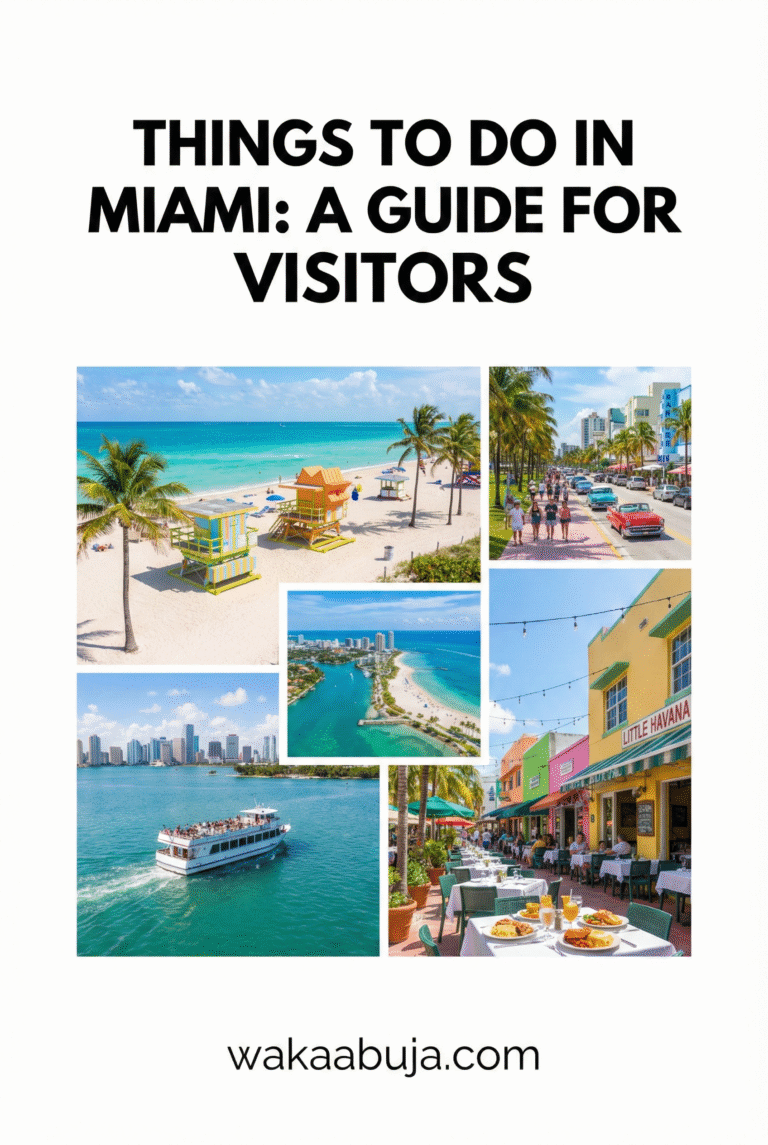TL;DR
Galle, Sri Lanka’s enchanting coastal city, blends rich history, vibrant culture, and stunning landscapes.
From the iconic Galle Fort to pristine beaches and authentic local experiences, this guide covers everything you need: top sights, transport tips, budget planning, safety advice, tours, and insider insights to make your visit unforgettable.
Jump directly to Best Attractions & Experiences
Welcome to Galle: A Coastal Gem
Galle, nestled on Sri Lanka’s southern coastline, is a captivating fusion of colonial charm, bustling markets, and turquoise seas. What struck me on my first visit was its living history—the cobblestone streets of Galle Fort echo tales of Dutch and Portuguese explorers, while the nearby beaches offer tranquil escapes from city life.
This blend makes Galle a must-visit destination for travelers seeking culture, relaxation, and authentic local flavor.
Best Attractions and Experiences in Galle
Galle Fort—The Heart of Heritage
Stepping into Galle Fort feels like traveling back in time. This UNESCO World Heritage Site features ramparts dating back to the 17th century with panoramic views of the Indian Ocean. I recommend exploring the narrow streets on foot to discover boutique shops, art galleries, and cozy cafés. Don’t miss the Galle Fort Map for precise navigation around landmarks like the Dutch Reformed Church and the old lighthouse.
Unawatuna Beach—Sun, Sea, and Serenity
A short tuk-tuk ride from Galle Fort, Unawatuna Beach is perfect for swimming, snorkeling, or simply unwinding. Its calm waters make it family-friendly, and the coral reefs are great for spotting marine life. For the adventurous, I suggest trying a short dive trip with local guides. Timing your visit for early morning gives you peaceful beach vibes before the crowds arrive.
Jungle Beach & Rumassala Hill
My hidden gem recommendation: Jungle Beach is a secluded spot accessed by a scenic walk through Rumassala Hill’s jungle. It’s quieter than Unawatuna, ideal for snorkeling and picnics. The hill itself offers spectacular views and is entwined with local myths, adding a mystical charm to your hike.
Galle Lighthouse & Maritime Museum
The lighthouse is iconic, standing proudly at the southern tip of the fort. Nearby, the Maritime Museum offers fascinating insights into Sri Lanka’s naval history. These are small but rich experiences that deepen your connection to the area’s maritime heritage.
Local Markets and Culinary Delights
Exploring the Galle Market is a sensory feast—from fresh seafood to spices. I personally loved trying local street food like kottu roti and hoppers. For a sit-down meal, Fort Roastery serves excellent Sri Lankan coffee and snacks, supporting local suppliers.
Essential Travel Tips: Getting There, Around, and Staying Safe
How to Get to Galle
From Colombo, Galle is easily accessible by several transport options:
Getting Around in Galle
Once in Galle, the compactness of the Fort means it’s best explored on foot. For destinations further afield, tuk-tuks are plentiful and affordable, but always agree on a fare beforehand or use trusted apps like PickMe for hassle-free rides. Bicycles can also be rented to explore coastal roads at your own pace.
Safety Tips
- Keep valuables secure and avoid showing expensive gear openly in crowded areas.
- Stick to well-lit, populated streets at night, especially within the Fort.
- Watch traffic closely when crossing roads; vehicles may not always yield.
- Drinking tap water is not recommended; opt for bottled water.
- Emergency contact numbers: Police – 119, Ambulance – 110, Fire – 118.
Where to Stay, Typical Costs & Budgeting
Accommodation Options
Galle offers options from budget hostels to luxury boutique hotels within Galle Fort and its surroundings. Based on my stays, here are some recommended ranges:
text
Typical Daily Costs & Money-Saving Tips
Here’s an estimate for daily expenses based on my experience:
- Meals: $3-$10 USD for local food, $10-$25 for Western-style dining.
- Transport (tuk-tuks/bikes): $1-$5 per short trip.
- Entry fees (museums, tours): Usually $1-$5 USD.
To save, dine at local eateries, use public transportation or walk within the Fort, and book tours directly through trusted local operators rather than middlemen online.
When to Visit Galle
The ideal time is December to March, when the weather is dry and sunny. April to November brings higher humidity and occasional monsoon rains, which can disrupt beach plans. However, if you prefer fewer tourists and don’t mind short showers, the off-peak season offers attractive deals on accommodation.
Tours to Do and Recommended Length of Stay
Recommended Length of Stay
You can experience the main highlights in 2-3 days comfortably, including exploring the Fort, beaches, and a jungle hike. For a relaxed pace with time for day trips to nearby spots like Mirissa or tea plantations, plan 4-5 days.
Top Recommended Tours
Getting Your Bearings: Maps and Directions
For planning your walks, tuk-tuk rides, or day trips, here’s an embedded interactive Google map showing key spots around Galle and Unawatuna:
Frequently Asked Questions About Traveling to Galle
How do I get from Colombo to Galle?
You can take a scenic coastal train from Colombo Fort station (2.5-3.5 hours) or an air-conditioned express bus from Makumbura station. Private taxis are faster but costlier.
What are the must-see attractions in Galle?
Galle Fort, Unawatuna Beach, Jungle Beach, the Lighthouse, and local markets make the top spots for first-time visitors.
Is Galle safe for tourists?
Yes, Galle is generally safe. Exercise standard travel caution, keep valuables secure, and avoid isolated areas at night.
When is the best time to visit Galle?
December to March offers the best weather for beach activities and sightseeing with minimal rain.
What’s the typical budget for a day in Galle?
On a budget, expect to spend $20-$40 USD daily, including accommodation, meals, and transport. Mid-range travelers may spend $50-$100.
Where can I get emergency help in Galle?
For emergencies, dial Police – 119, Ambulance – 110, or Fire services – 118. Most hotels also have emergency contacts.
Final Pro Tip
Timing your beach visits early in the morning or late afternoon helps you avoid crowds and catch the best light for photography. Engage with local guides for richer cultural insights and personalized experiences that create lasting memories.




